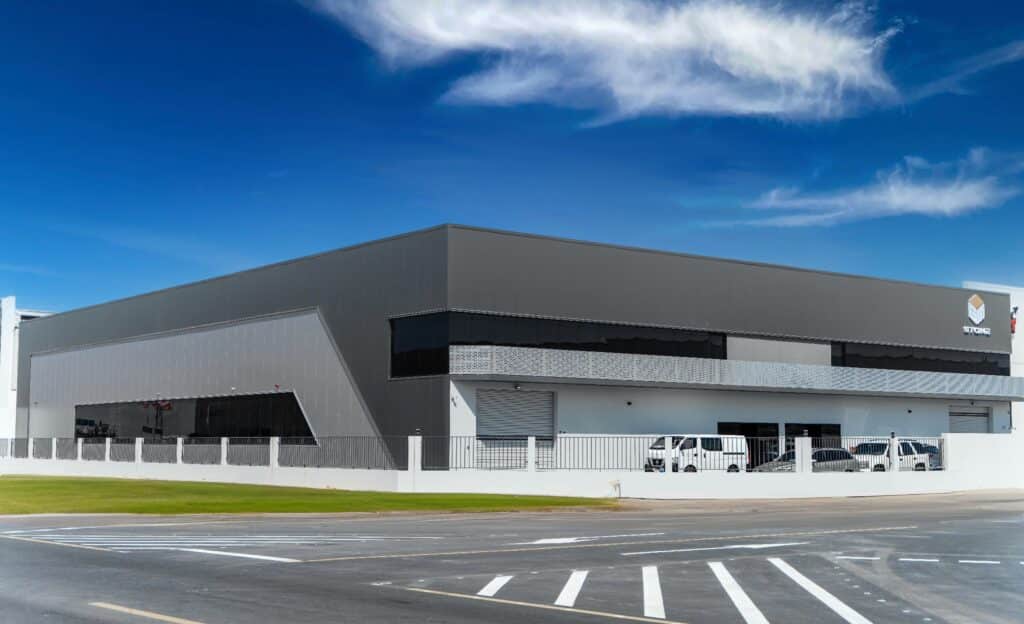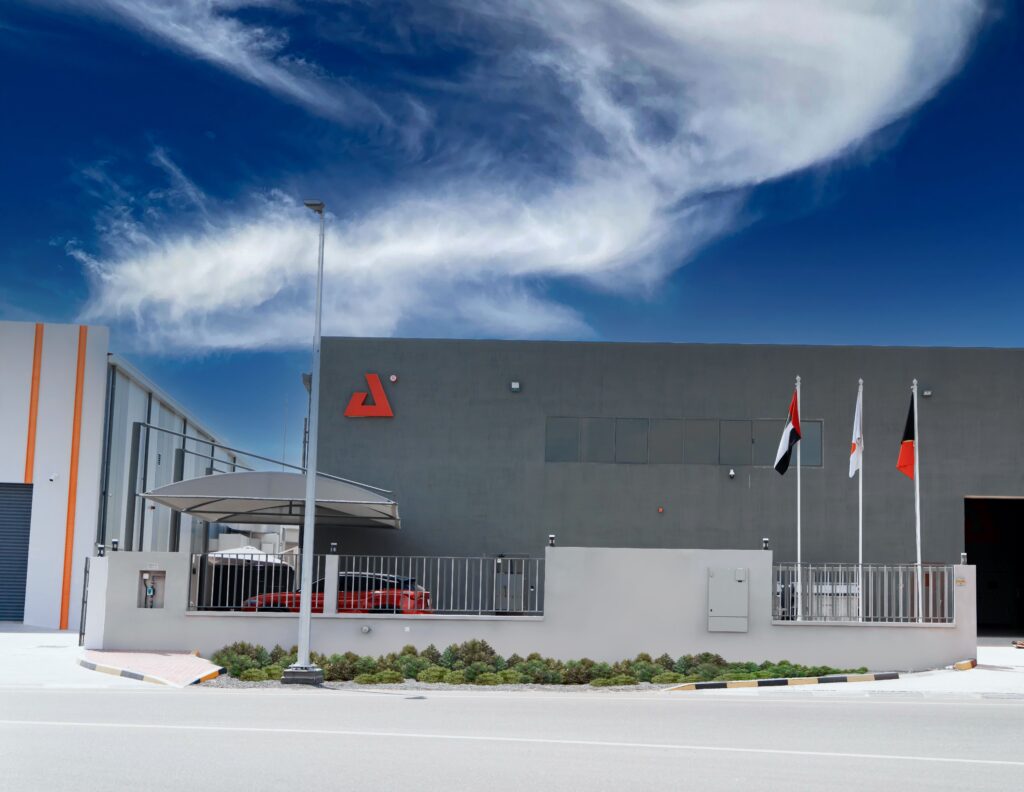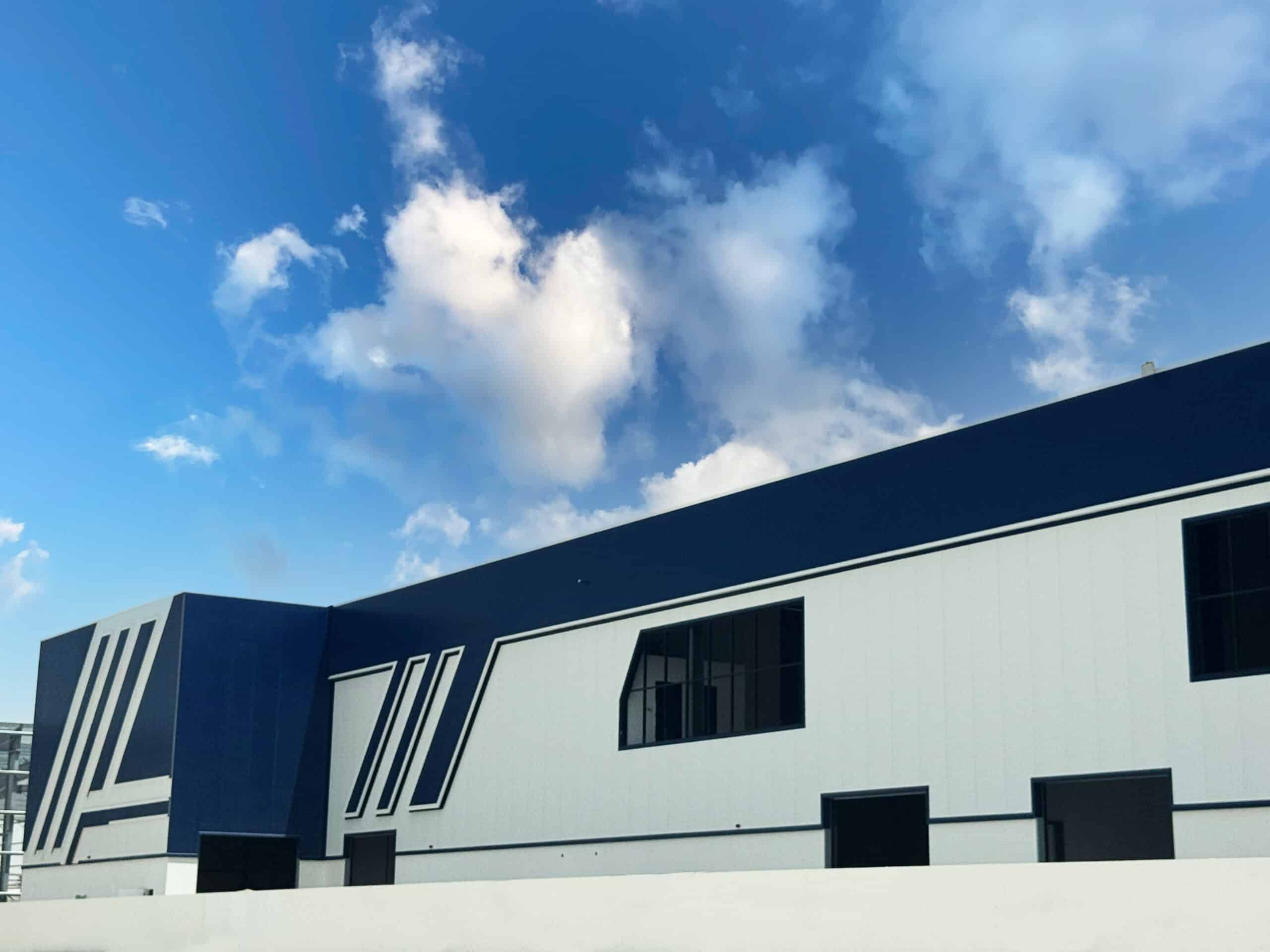Introduction
The technological advances in the construction industry are reshaping how we design, build, and manage infrastructure—transforming dusty job sites into smart, connected ecosystems. In fact, global investment in construction technology surged by 85% between 2020 and 2022, reaching approximately $50 billion, according to a report by McKinsey & Company (source). This wave of innovation isn’t just about adopting fancy gadgets—it’s a response to industry-wide challenges like labor shortages, rising material costs, and increasing demands for sustainability. In this article, we’ll explore how advanced tools like AI, robotics, BIM, and prefabrication are not only driving efficiency but also redefining the future of construction.
The Digital Transformation of Construction
From Manual Labor to Automation
The construction industry, worth over $12 trillion globally, has long been labeled a tech laggard. For decades, much of the work was done by hand or using basic tools. But lately, a mix of advanced construction technology and smarter software is flipping the script. We’re not just talking about better hammers—we’re talking about VR site simulations, AI-driven project planning, and even robotic bricklayers.
Read Our Article: Sustainable Bricks – A Construction Solution?
Key Drivers Behind Construction Innovation
- Labor shortages in skilled trades
- The demand for sustainability
- Rising material costs
- A need for faster project delivery
These pressures have made technology adoption in the construction industry not just a nice-to-have, but a must-have.
Challenges in New Technologies
Of course, change doesn’t come easy. High upfront costs, training gaps, and fear of disruption often slow things down. Plus, many companies are unsure how to integrate new tech with old systems. Still, the benefits are clear—and they’re worth chasing.

Technological Advances in Construction Industry
The Role of AI and Machine Learning
AI isn’t just for Silicon Valley anymore. In the construction tech world, AI is being used to optimize schedules, manage resources, and predict potential delays. Machine learning algorithms can analyze thousands of data points to help project managers make better decisions—faster.
For example, AI systems can compare current site photos with BIM models to flag discrepancies. That’s the kind of real-time insight that helps keep projects on track and within budget.
Safety and Efficiency Through Automation
From wearables that monitor worker vitals to connected hardhats that detect impacts and falls, safety tech is booming. Automation is also reducing the number of high-risk tasks workers have to perform, with robots now doing everything from layout printing to heavy lifting.
Real-Time Data and Connectivity
Thanks to IoT (Internet of Things), construction sites are more connected than ever. Sensors on equipment track usage, performance, and maintenance needs. Platforms like cloud-based DAM software help teams collaborate on digital assets in real-time—no matter where they are.
Advanced Construction Technology
What Is an Example of Construction Technology?
An example of construction technology would be 3D printing. Today, we can literally “print” building components layer by layer using special cement blends. Some companies are even printing entire houses in under 48 hours. That’s not sci-fi—it’s happening now.
Read Our Guide: Smart Construction Technology
Integrating BIM and Other Tools
Building Information Modeling (BIM) is the backbone of modern project planning. It gives a digital, 3D representation of the physical structure and all its components, including MEP systems. Digital twins take this even further by creating real-time, data-driven models of entire buildings, allowing owners to monitor and manage them remotely.
Add in 4D simulation (where time is the fourth dimension), and you’re not just planning a building—you will also visualize how it will be built.
Drones and Robotics on Modern Sites
Drones are replacing traditional surveying teams. They’re quicker, safer, and can capture thousands of data points from above. On the ground, robotic layout tools map out the exact placement of walls and systems directly onto the floor. And don’t forget smart vests and augmented reality goggles, which are giving workers superpowers when it comes to safety and precision.
Smart Project Management Tools in Construction
The Rise of Cloud-Based Platforms
Digital transformation is nothing without solid tools. Platforms like Procore and Autodesk Construction Cloud centralize everything from schedules and budgets to documents and change orders. It’s like having a digital command center for your project.
Project Scheduling, Budgeting, and Workflow Optimization
With real-time dashboards, project managers can see where delays are happening and fix them fast. AI-based analytics help with accurate forecasting, better resource management, and fewer last-minute surprises.

Manufacturing Robots
Industrial Robots in Construction and Fabrication
Let’s not forget the rise of industrial robots in steel frame construction companies and offsite fabrication plants. These machines excel at repetitive, precision-driven tasks—like welding beams or cutting sheet metal—at speeds no human can match.
This is especially useful in prefab construction, where whole sections of a building are assembled in factories and then shipped to the job site.
What Are the Different Types of Industrial Robots?
You’ve got:
- Articulated robots (like robotic arms)
- SCARA robots (great for pick-and-place tasks)
- Delta robots (lightning fast and ultra-precise)
- Cylindrical and Cartesian robots (good for linear and rotary movements)
- Cobots (collaborative robots that safely work alongside humans)
Each type plays a unique role depending on the task, and many are now entering the construction space thanks to lower costs and better software.

The Future of Construction: Trends to Watch
Sustainable Technologies and Green Building
With rising concerns over emissions, new technology in construction materials is taking center stage. We’re seeing innovations like advanced concrete pouring, bamboo panels, and recycled steel—all designed to reduce environmental impact.
Read Our Guide: Sustainable Construction Techniques
Plus, smart HVAC systems—installed and maintained by specialized HVAC contractors in Dubai—and integrated energy controls are helping buildings run greener and more cost-efficiently.
Prefabrication, Modular Methods, and 3D Printing
Off-site construction is booming, especially for large-scale housing and hotels. Companies can now prefabricate entire modules—including plumbing and electrical systems—and then assemble them on-site in days instead of months.
This method not only reduces waste and cost, but it also improves quality control and safety.
Blockchain and Secure Construction Processes
Blockchain isn’t just for crypto bros. In construction tech, it offers secure, transparent records of contracts, payments, and supply chains. Smart contracts can automate approvals and speed up workflows, which is especially handy in large, complex projects.
Final Thoughts
The construction industry is undergoing a major transformation, driven by rapid technological advances that are changing how we design, plan, and build. From BIM software and digital twins to robotic layout tools, AI-powered project management, and 3D printing, modern construction sites look nothing like they did a decade ago.
The article highlights how construction and building technology is helping companies overcome labor shortages, reduce costly errors, and enhance collaboration. With the rise of manufacturing robots and industrial robots, even the most physically demanding tasks can be automated, freeing up human workers for more complex, strategic roles.
As the industry continues to adopt and integrate these tools, one thing is clear: the future of construction is smarter, faster, and more connected than ever before. Embracing these advanced construction technologies isn’t just a competitive edge—it’s a necessity.

